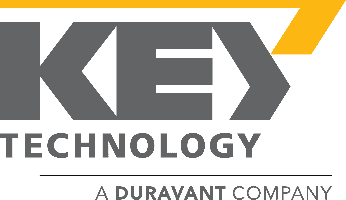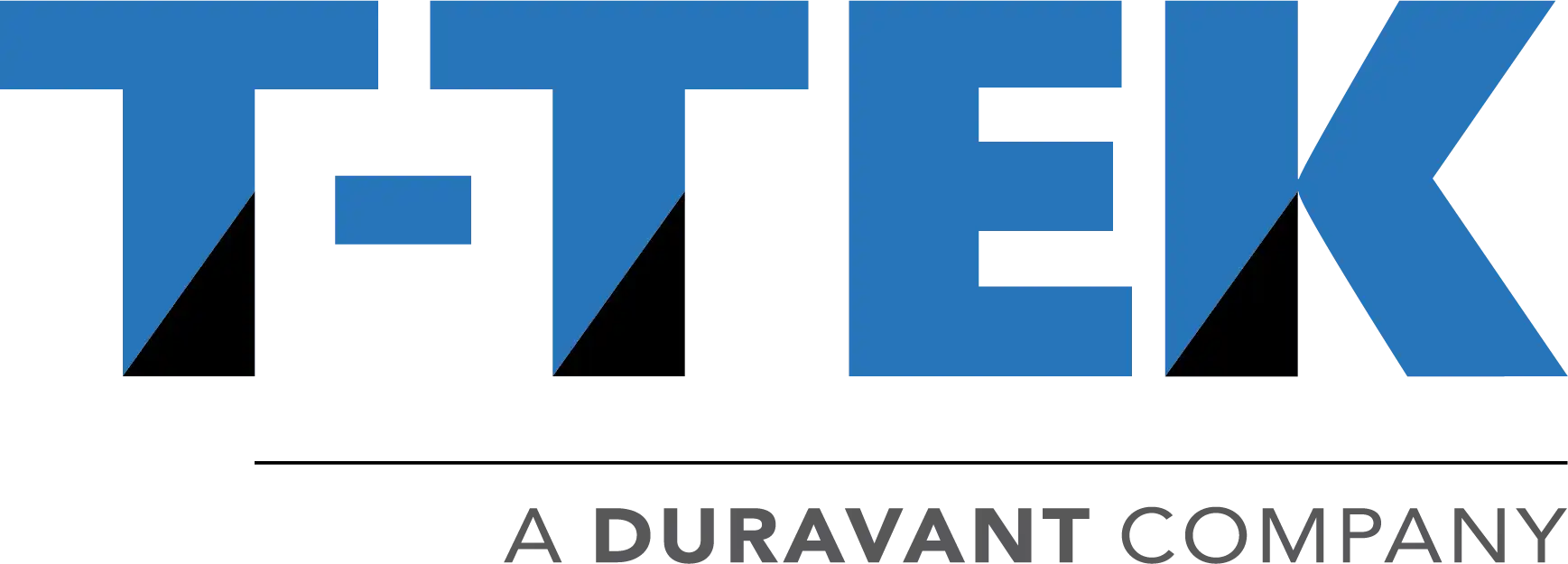Understanding the Key Benefits and Best Practices of Welding Sheet Metal in Modern Fabrication
In the realm of modern fabrication, "Welding Sheet Metal" has emerged as a pivotal process driving efficiency and innovation across various industries. According to a report by the Fabricators and Manufacturers Association, nearly 40% of metal fabricators cite welding techniques as a primary contributor to enhanced productivity and structural integrity. With the global sheet metal fabrication market projected to reach $321 billion by 2027, understanding the key benefits and best practices of welding sheet metal becomes increasingly crucial. This process not only ensures robust bonding of materials but also offers significant advantages in terms of cost-effectiveness and flexibility in design. As manufacturers strive for higher precision and quality in their welding applications, embracing advanced techniques and technologies will be essential in staying competitive in this evolving landscape.
Key Benefits of Welding Sheet Metal in Modern Fabrication
Welding sheet metal is a crucial aspect of modern fabrication, offering several key benefits that enhance production efficiency and durability. One significant advantage is the ability to create strong, permanent joints that withstand intense stress and environmental challenges. This is especially important in industries such as automotive and aerospace, where safety and structural integrity are paramount. Additionally, welding allows for a high degree of precision, enabling fabricators to produce intricate designs and complex assemblies with ease.
Another benefit of welding sheet metal is the potential for cost savings. By using welding techniques, manufacturers can minimize material waste and reduce the need for additional fastening components. This not only streamlines the fabrication process but also lowers overall production costs. Furthermore, advancements in welding technology, such as automation and robotics, further enhance efficiency, allowing for quicker turnaround times and increased production rates. As a result, businesses can remain competitive in a fast-paced market while maintaining high-quality standards.
Essential Techniques for Welding Different Types of Sheet Metal
When it comes to welding different types of sheet metal, understanding the material properties and employing suitable techniques is crucial for achieving strong, reliable welds. Common metals used in sheet fabrication include aluminum, stainless steel, and mild steel, each requiring specific approaches. For instance, aluminum, with its high thermal conductivity, benefits from TIG (tungsten inert gas) welding, which provides a clean, precise arc for better control, reducing the risk of warping. According to a recent report by the Fabricators & Manufacturers Association (FMA), 70% of fabricators noted a significant improvement in weld quality and reduced post-weld cleanup using this method.
Tip: Always pre-clean your aluminum surfaces with a suitable solvent to remove oxides, which can compromise the weld quality.
For stainless steel, MIG (metal inert gas) welding is prevalent, as it allows for faster production rates while maintaining strength, particularly important in industries like automotive and construction. The American Welding Society states that MIG welding stainless steel can enhance productivity by up to 30% compared to TIG welding.
Tip: Use a controlled heat input to minimize distortion, especially in thinner gauges.
Understanding the specifics of your material and selecting the right welding method is vital for optimizing performance and durability in sheet metal fabrication.
Safety Practices and Equipment for Sheet Metal Welding
Welding sheet metal is an essential aspect of modern fabrication, and ensuring safety during this process is paramount. Workers in metal fabrication shops encounter various hazards, such as exposure to intense heat, flying sparks, and potentially harmful fumes. To mitigate these risks, it's crucial to adhere to OSHA guidelines and implement robust safety practices. This includes the use of personal protective equipment (PPE) such as helmets, gloves, and respiratory protection, which can drastically reduce the likelihood of accidents and health issues.
**Tips for Safety:**
1. Always conduct a thorough risk assessment before beginning any hot work activities to identify potential hazards and implement controls.
2. Ensure that all employees are trained in the proper use of PPE and understand the importance of wearing it consistently, even for tasks perceived as less hazardous.
In addition to PPE, having the right equipment is vital for enhancing safety in the workplace. Fork truck safety is equally essential, as certified operators must be aware of operational fundamentals to prevent accidents. Regular maintenance and safety checks of welding machinery and tools can further reduce risks, allowing for a safer, more efficient working environment. By prioritizing safety, metal fabrication shops can protect their workforce and maintain compliance with industry regulations.
Key Benefits of Welding Sheet Metal in Modern Fabrication
This bar chart illustrates the key benefits of welding sheet metal in modern fabrication, highlighting aspects such as cost efficiency, strength, versatility, speed, and safety. Each benefit is scored based on its relative importance in the fabrication process.
Common Mistakes to Avoid in Sheet Metal Welding Processes
When it comes to welding sheet metal, avoiding common mistakes can significantly enhance the quality and durability of the final product. One prevalent error is improper surface preparation. According to a report by the American Welding Society, about 60% of weld failures can be traced back to insufficient cleaning of the metal surfaces. Contaminants like oil, rust, and paint can introduce weaknesses in the weld, leading to structural failures. Therefore, thorough cleaning and surface preparation are essential steps that should not be overlooked.
Another common pitfall is incorrect heat settings, which can cause warping or burn-through. A study published in the Journal of Materials Processing Technology indicates that welders using inappropriate heat settings are likely to experience up to 30% more defects in their welds. It is vital to adhere to the manufacturer’s specifications for material thickness and type to ensure optimal heat application. Additionally, maintaining a consistent travel speed during welding can help prevent both overheating and insufficient fusion, further ensuring the integrity of the joint. By being aware of these common mistakes, welders can produce higher-quality results in their sheet metal fabrication projects.
Understanding the Key Benefits and Best Practices of Welding Sheet Metal in Modern Fabrication - Common Mistakes to Avoid in Sheet Metal Welding Processes
| Benefit/Practice | Description | Common Mistake | Consequence |
|---|---|---|---|
| Improved Strength | Welding enhances the load-bearing capacity of sheet metal constructions. | Inadequate Joint Preparation | Weak welds and potential structural failure. |
| Cost Efficiency | Reduction in material waste during fabrication. | Overuse of Welding Material | Increased operational costs and unplanned expenses. |
| Versatility | Ability to join different types of metals and sizes. | Using Incorrect Welding Methods | Poor quality welds and possible rework. |
| Enhanced Aesthetic Appeal | Clean and polished welds enhance product appearance. | Neglecting Finishing Processes | Rough and unattractive final product. |
| Rapid Production | Welding processes can significantly speed up manufacturing. | Rushing Production and Quality Checks | Increased defects and reduced reliability of products. |
Post-Welding Treatments for Enhanced Durability and Aesthetics
Post-welding treatments are essential in enhancing both the durability and aesthetics of welded sheet metal. After the welding process, the material can exhibit issues such as oxidation, impurities, and unsightly weld beads. To combat these problems, it is crucial to incorporate proper post-welding treatments that will ensure the longevity and appearance of the finished product.
One effective treatment is the application of a protective coating. This can include galvanization or powder coating, which not only prevents rust and corrosion but also provides a smooth finish that enhances visual appeal. Additionally, sandblasting can be employed to clean and prepare the surface, removing any imperfections and ensuring better adhesion for subsequent coatings.
Tips: Always conduct a thorough inspection of the welds before beginning post-welding treatments to identify any weak spots or defects that may need reworking. Furthermore, consider using specialized cleaning agents that are suited for the metal type you’re working with, as this will improve the efficacy of the coatings. Proper preparation and treatment will not only extend the lifespan of the welded components but also elevate their overall quality in modern fabrication contexts.









